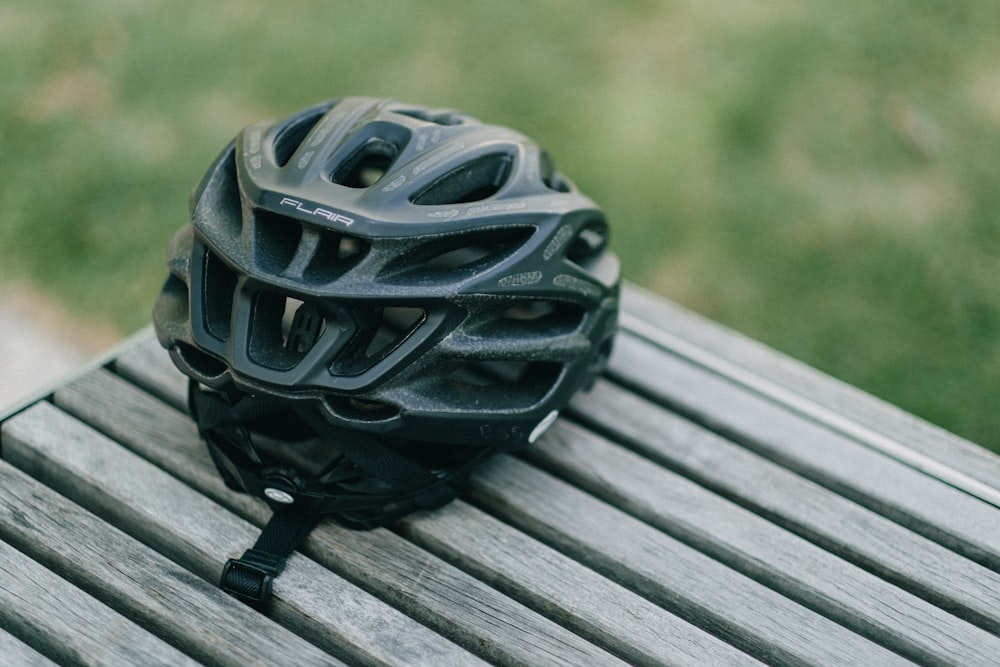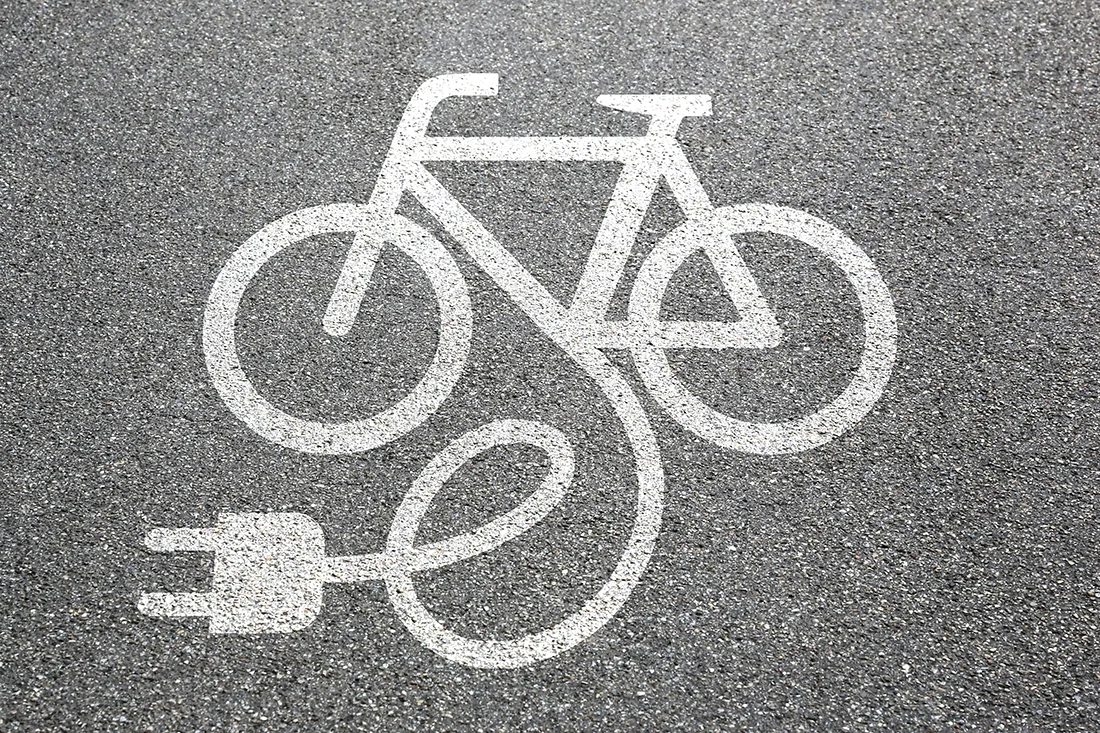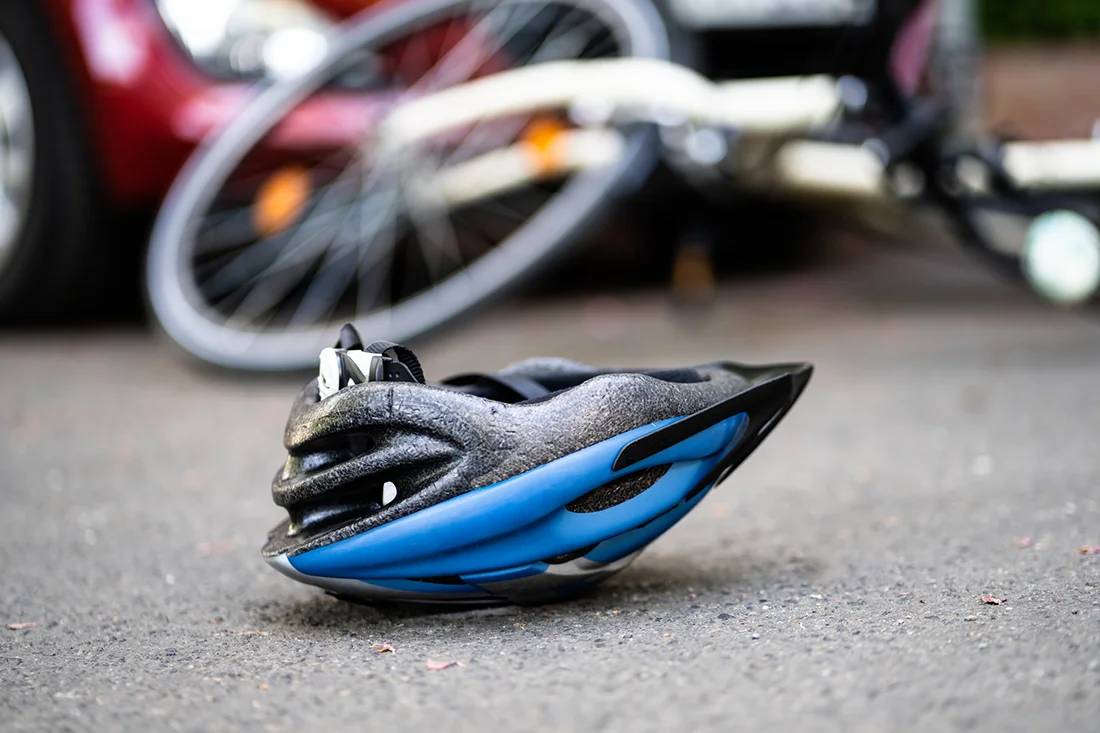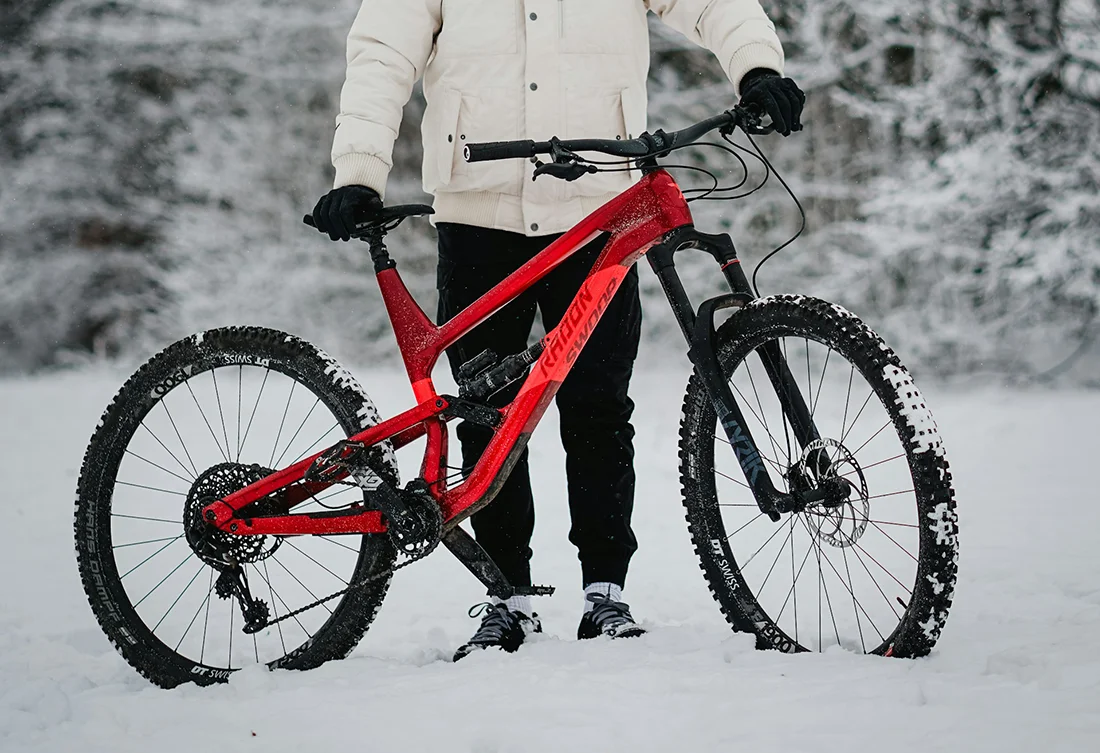Every cyclist started out as a newbie with plenty of questions. It’s understandable that in your first years of cycling, questions arise.
Hopefully, I’ll be covering these in along with plenty of cycling tips for beginners here!
Cycling for beginners is a daunting world. I remember trying to work out what type of bike I wanted. Would I seriously ride on the road? Why on earth would I want to be attached to my bike by my feet?
Let’s get started.
Starting With Cycling
If you’re considering cycling, it can be difficult to know where to start and it can become very complicated. It doesn’t have to be!
I’m going to break things down for you, with plenty of cycling tips for beginners thrown in along the way.
When I first started cycling, I threw myself in at the deep end, not really knowing where to start – I learned fast, especially where I was going wrong!
Cycling is such a great form of exercise and travel so if you follow a few cycling tips, you can pick things up quickly and see the benefits.
In short: Find a bike. Get some accessories. Stay safe. Keep riding. Look after your bike. Enjoy it. Simple, yeah?
One quote to keep in mind; “To me, it doesn’t matter whether it’s raining or the sun is shining or whatever: as long as I’m riding a bike I know I’m the luckiest guy in the world” – Mark Cavendish
And that’s it, when you’ve bitten the cycling bug, you’ll know about it!
#1 – Find the Right Bike
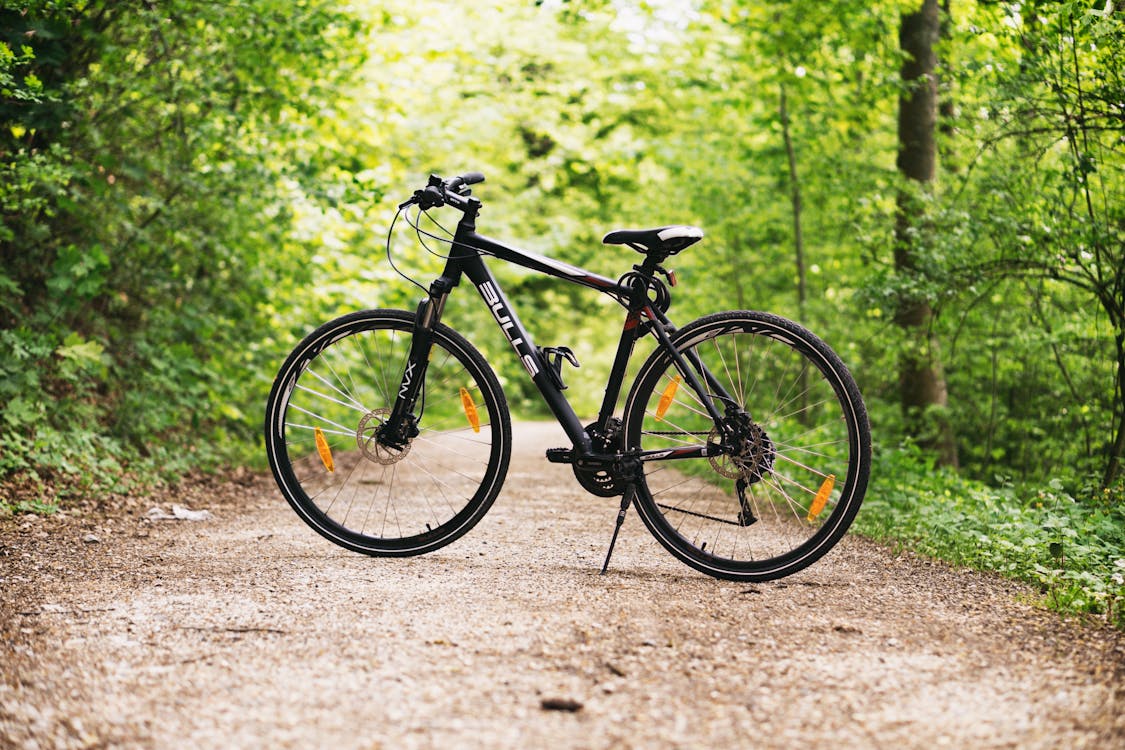
As you’ll quickly discover with cycling, there is so much choice for everything, this includes bikes! So choosing the right bike can be a daunting task.
To find your perfect bike, start by thinking about the type of riding you want to do.
Do you want to be able to go off-road? Or are you looking to get a bike to commute to work with?
Those questions will help you narrow down the type of bike you need. The most popular type of bikes are:
- Hybrid Bikes – These are cross-between road and mountain bikes so a good all-rounder and often a popular choice for people new to cycling as it gives you the flexibility to take on different types of terrain.
- Mountain Bikes – If being off-road is your thing then mountain bikes are for you. They come with thicker tires, suspension (depending on what you choose), and a frame designed for the job. Mountain bikes aren’t fantastic on the road but thrive on the trails.
- Road Bikes – Designed for the road and to be honest, only the road. Don’t take a road bike off-road, it won’t thank you. However, if you want to stick to tarmac, road bikes are built for speed and they’re agile too.
See More: Types of Bikes Explained
#2 – Safety
Alright, so this one really gets me. Safety is so important. I can’t stress it enough.
Protect your head – no matter how safe you feel, wear a helmet.
Did you know that head injuries are the cause of 60% of all cycling deaths in America every year? Worst still a lot of these deaths could have been avoided if the cyclist had been wearing a helmet.
Visibility is especially important if you’re on the road. You want to be seen. Personally, I love my bright pink jersey.
I always have front and rear lights running. Anything you can do to ensure you will be seen by other road users, do it.
Don’t use headphones – riding with headphones in can be extremely dangerous. You might not be able to hear what is going on around you if there’s a vehicle approaching behind. Enjoy nature and save the music for another time!
Read more: Bicycle Safety
#3 – Create a Habit
When I bought my first bike as an adult, I didn’t love my first ride. It was hard work and nothing like I remember as a child.
I stuck at it. I kept getting back in the saddle and finding new routes. I would set myself challenges. My first one was to cycle 50 miles in a month. It seemed so unrealistic but I did it! Now I love cycling and 50 miles in a day is nothing.
My point is, to create a habit. At first, it probably won’t be enjoyable. Our cycling tip for beginners? Stick at it. Try setting yourself little goals.
Maybe just look at increasing your mileage every week, try a new hill, or aim to ride 3 times a week. Whatever it is, make cycling part of your life. You will improve quickly as will your enjoyment!
Once you get into cycling, it’s the most fun in the world!
#4 – Find Out What Works For You
The more time you spend in the saddle, the more your confidence will grow and you’ll start to learn what aspects of cycling you like and what you don’t like.
For me, I love climbing hills (I don’t like going down them though!) so when I’m plotting a route, I try to include some good climbs. Some people want to race, whilst other cyclists want to commute to work and back.
There are so many different styles of riding, it’s about finding what works for you.
To some extent, it’s also about finding what works for your body. As much as I’d like to race, my body doesn’t agree so I don’t.
Nor am I a sprinter but if you find yourself frequently pulling away from your friends, maybe you are!
There are plenty of cycling clubs out there that will offer you the opportunity to explore different types of cycling. Fancy giving track cycling a go? Time trialing?
The good thing about – most – cycling clubs is that they are very friendly and willing to let you explore what type of cycling you enjoy. We all love this sport after all.
It’s always good to aim to be a decent all-rounder in cycling but we all have our strengths (and weaknesses) and sometimes it’s good to let those come out and enjoy them.
#5 – Learn Basic Maintenance
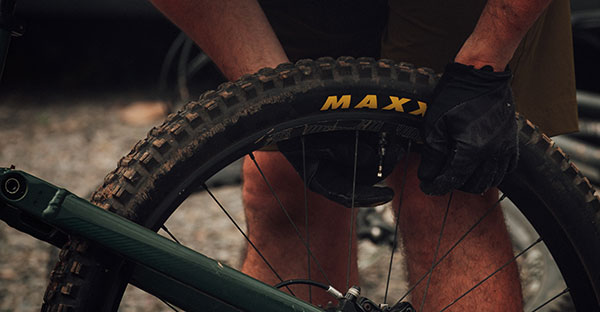
I would recommend learning some basic maintenance, speaking as someone who has learned the hard way, learn it before you need it!
Fixing A Puncture
I’d say fixing a puncture is the one thing every cyclist needs to know.
It doesn’t matter how good your tires are, they can still get a puncture. Obviously, your risks are reduced if you go for a tubeless setup, but if something does go wrong with a tubeless setup, the repair job is greater.
To save yourself trouble when the inevitable happens, practice fixing a puncture at home. Keep doing this until you are totally comfortable with it.
Keep Your Bike Clean
It’s tempting to put your bike away and forget about it until the next ride, I’ve done it. However, I would suggest that you give your bike a clean when you get in from a ride, particularly a muddy or wet ride. It helps to protect your key (and expensive) components such as your drivetrain.
As well as keeping your drivetrain clean, a good habit is to degrease and lubricate it every couple of weeks, regardless of the weather. Always dry your bike when you come in from a wet ride, this will help to reduce the chances of rusting.
Air, Brakes, and Chain (ABCs)
Before any ride, you should check your air, brakes, and chain. Check your tire pressure, this could be done by using a pressure gauge. Ensure that your brakes are working correctly. For your chain make sure that it’s clean and lubricated.
Learn more: 10 Cycling Essentials Every Cyclist Needs
#6 – Do Your Research
As you find yourself enjoying cycling more, you will no doubt want to improve your performance or look at upgrades, whether that’s for your bike or new gear.
There are countless guides on everything that has to do with cycling, so it’s pretty easy to get information. But in the end, it’s up to you to figure out what to do with the information.
You can use tools such as Strava to monitor your performance. Strava will give you data such as distance, elevation, speed, and if it’s connected to a cycling computer, potentially cadence and heart rate.
As you start putting in the miles, it will become clear what type of kit you’re missing. Personally, I never seem to have enough cycling caps!
When it comes to upgrading your bike, you might want to consider upgrading the groupset rather than your full bike. This can be a good and less pricey option while giving you the feeling of a new bike!
Wheelsets are also a good upgrade. Wheels are often where the manufacturers save money so a change of wheels can make a big difference in some cases.
I would recommend learning how to clip in sooner rather than later. This can be a quick way to increase your performance on the bike as your pedaling becomes more efficient.
Clipping in and being attached to your bike, may seem like an odd concept at first but after a few rides (and honestly, a few falls), you won’t go back to not being clipped in.
#7 – Don’t Overdo It
One of the good things about cycling as a form of exercise is that it’s not weight-bearing so it doesn’t put lots of strain on your joints.
This is one of the reasons doctors often recommend cycling as a way to get fit and lose weight.
See More: Benefits of Cycling
However, if you do too much too soon you can find yourself with an injury, feeling fatigued, or just finding yourself sick of cycling.
Overtraining is a real risk — trouble sleeping, constant tiredness, and decreasing form can all be signs of overdoing it, so it’s important to recover. My cycling tip is to build up slowly and set yourself realistic goals to work towards.
FAQ
How often should a beginner cyclist ride?
In order to see improvements in your fitness and performance, you should be cycling every two to three days.
This could be just a short training session (either outdoors or indoors).
If you’re looking for significant fitness improvements, then I would recommend three rides a week at a minimum.
How far should I cycle as a beginner?
As someone new to cycling, it’s good to start by riding short distances and for shorter periods of time. This gives your body a chance to get used to the saddle and generally ride a bike.
After about of week of doing this, you can look to increase your distance and time in the saddle.
Is cycling better than running?
Running and cycling burn similar amounts of calories. Having said that, cycling can build more muscle and of course, it’s easier for your joints.
Is 70 too old to start cycling?
No! It doesn’t matter what age you start cycling, it’s good for you.
Cycling has become more accessible to older people with the rise of electric bikes so if you’re minded to pick up a bike, don’t let age stop you!
Is cycling good for the knees?
As cycling is a sport that is easy on your body, it can be good for your knees, well at least, not bad for your knees.
The caveat to this is, know how to use your gears. If you ride in a hard gear, you are making your knees work harder than they need to.
One of our top cycling tips for beginners is to learn how to use your gears correctly. It will make your life a lot easier!
Is cycling good for the heart?
If you cycle regularly, it will improve your heart, lungs, and circulation.
Cycling is a great way to strengthen your heart muscles, resulting in your resting heart rate reducing and also your blood fat levels.
Final Thoughts
That’s it! Those are my cycling for beginners tips. Are you feeling ready to ride yet?
Remember, you don’t need to from zero to climbing a great mountain. Build up to it and set yourself realistic goals as you go.
Here are a few bonus cycling tips for you:
Be sure to be at the appropriate speed when you enter a corner, don’t find yourself braking when you’re already in the corner.
Don’t be frightened to get out of the saddle on a climb. It can make a difference to you reaching the top.
The main thing, enjoy the ride.


